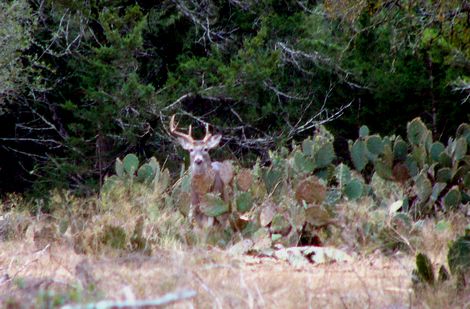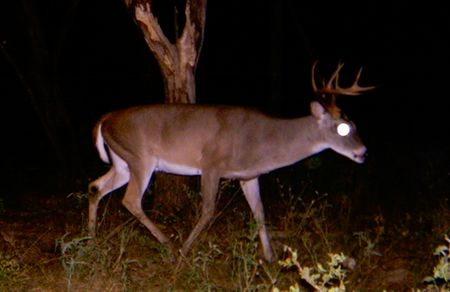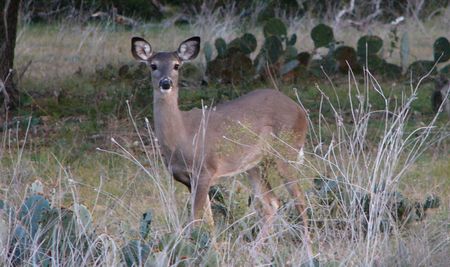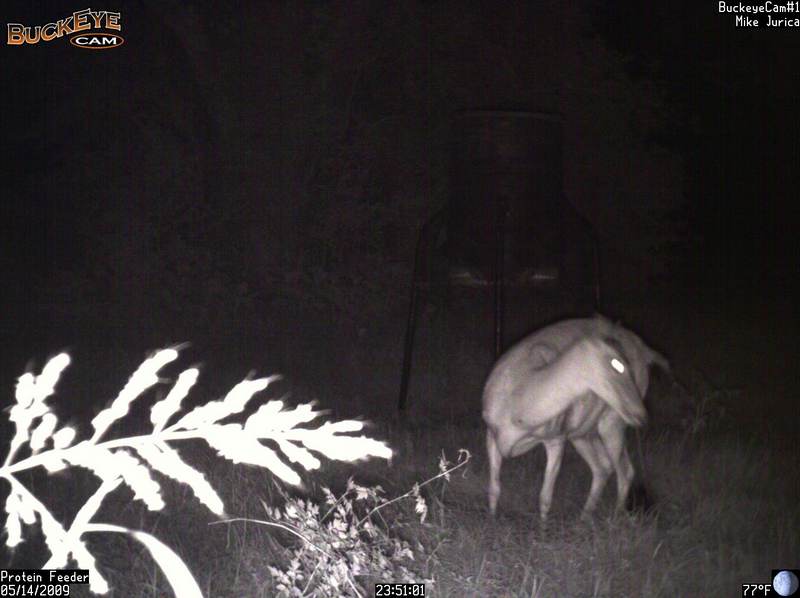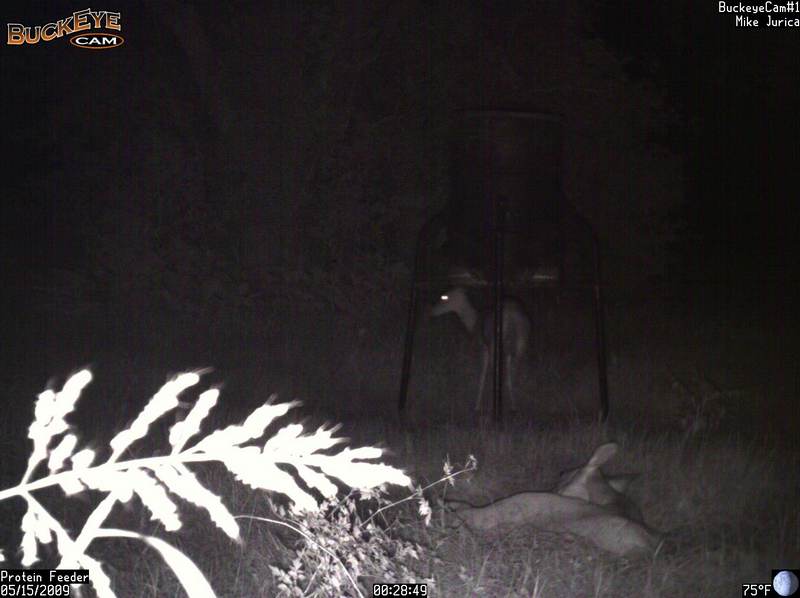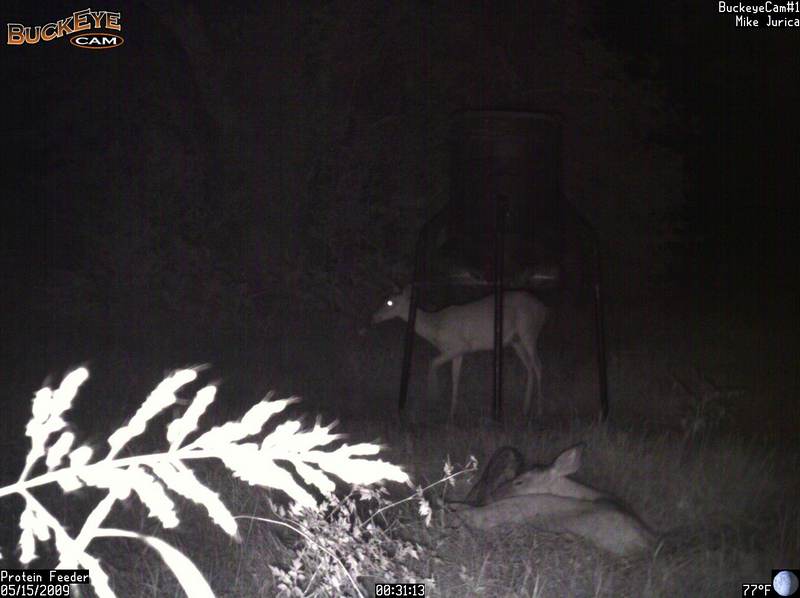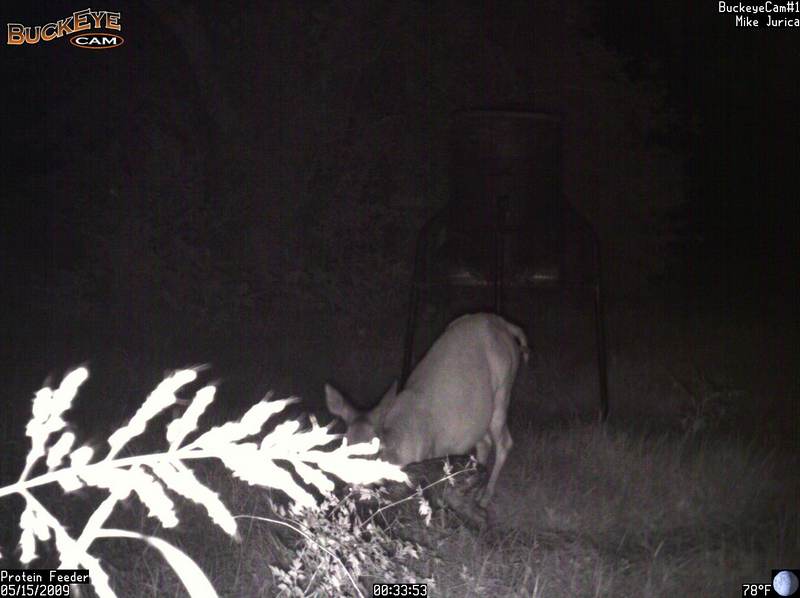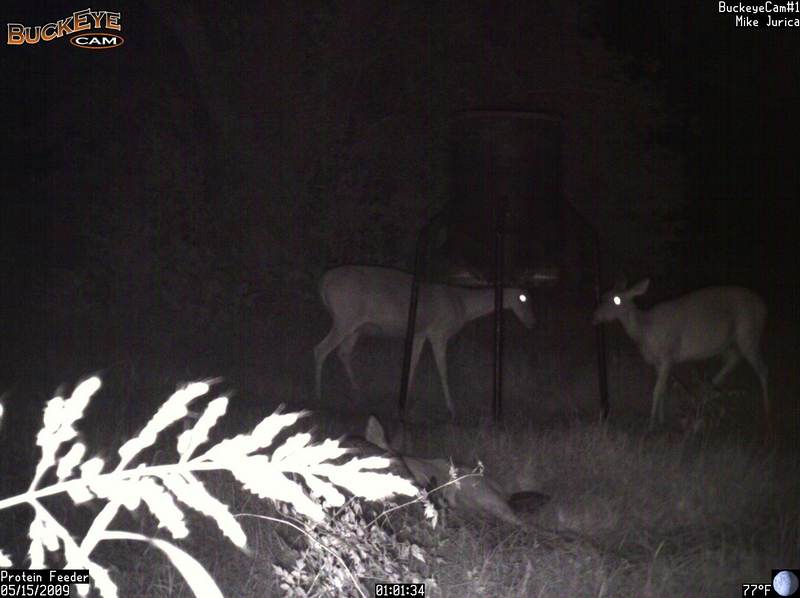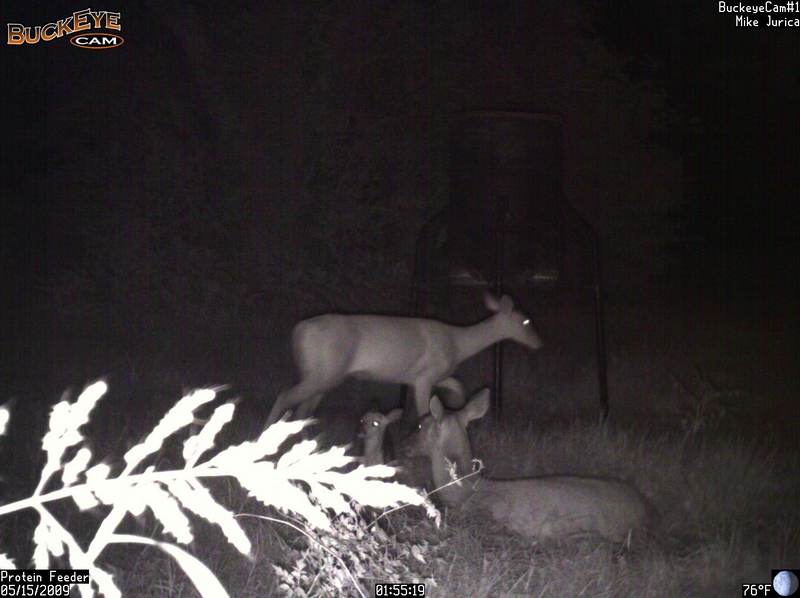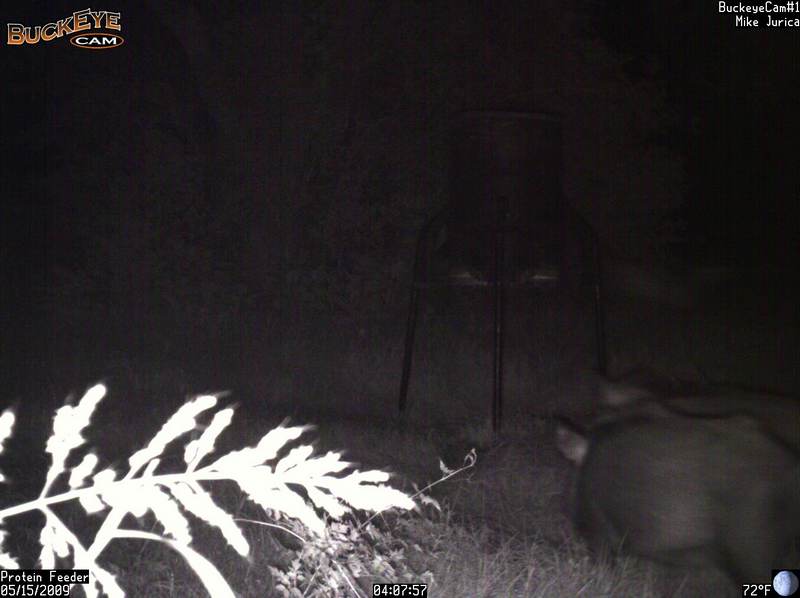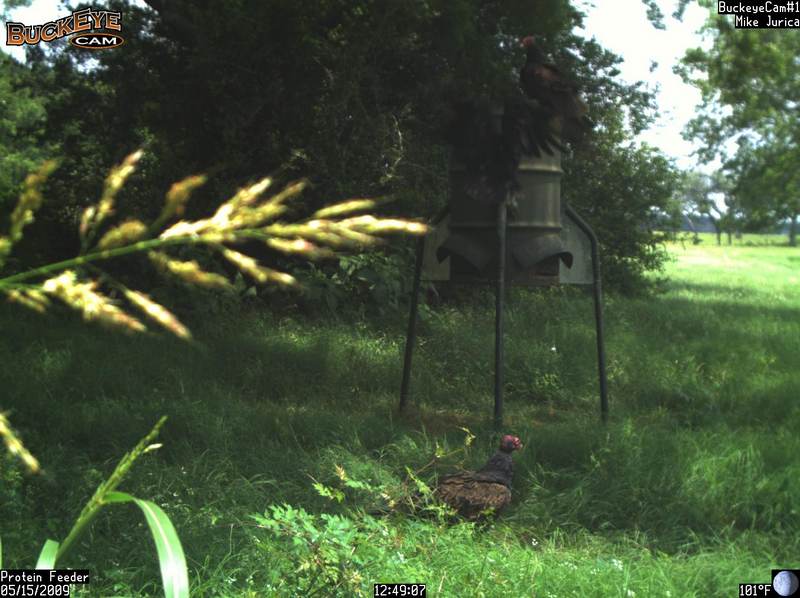Alfalfa Food Plots
Food plots are commonly used by deer managers to provide supplemental forage for white-tailed deer. Most hunters and deer managers like to plant forage species that are easy to maintain. However, a little extra work is usually worth it. Alfalfa food plots for deer fall into that category. Besides, nothing worth having comes easy. And, a little extra work can pay off big, especially if you consider establishing alfalfa (Medicago sativa L.) as a forage plant for deer on your property.
Alfalfa is an excellent spring, summer, and early fall food plot choice for white-tailed deer. Alfalfa is a cool-season perennial legume that contains 16% to 26% of highly digestible protein. Whitetail will flock to a well-established alfalfa field. In addition, this perennial can survive for 5 to 10 years if managed properly. It’s a good food source for deer for those willing to put in the effort.
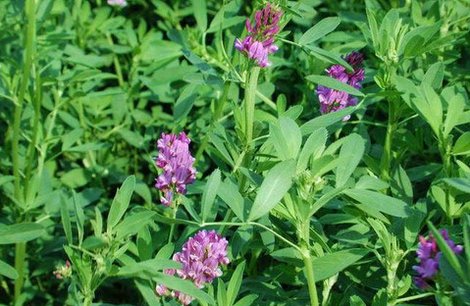
Alfalfa Food Plots are Tough
Established alfalfa plants have taproots that extend 4-5 feet deep in the soil. As a result, this forage species makes for a very drought tolerant food plot for deer and other wildlife. And what’s better than a drought tolerant food plot? Well, how about a highly productive food plot that is capable of fixing its own nitrogen? Yep, there is a lot to like about alfalfa.
This forage plant is a legume and does not need the application of nitrogen fertilizer. Like other legumes, it makes its own. Established alfalfa is tough. However, it’s not always easy to establish, Alfalfa is a highly effective forage plant for fall and winter food plots, but spring planting is recommended. After the first year, alfalfa serves as a dependable spring food plot for whitetail.
Alfalfa has many attributes that make it a great choice for forage plots. However, some deer managers find it difficult to establish and maintain. Alfalfa is not a plant where one can just disk, throw, and grow with the addition of a little fertilizer like oats or wheat.
Alfalfa has low tolerance for moisture and soil acidity. In addition, it performs best on well-drained soils (loam to sandy loam) with a pH between 6.5 and 7.5. And even though alfalfa is capable of fixing its own nitrogen, plots usually require annual applications of other soil nutrients. These often include macro- and micronutrients such as phosphorous, potassium, sulfur, and even boron. Additionally, alfalfa must be inoculated with Rhizobia bacteria (Type A) prior to planting.
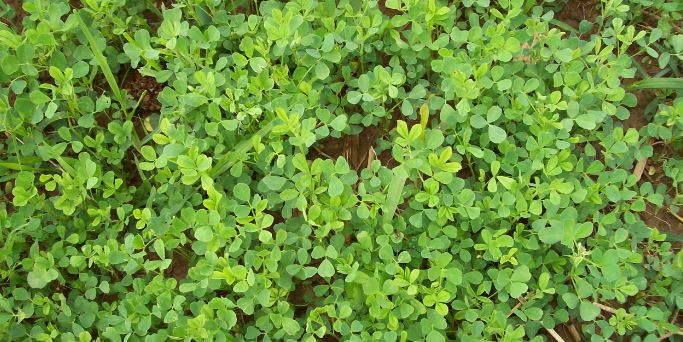
Managing Alfalfa Plots
New alfalfa food plots for deer and other animals must be managed. Heavy competition from weeds can will put a lid on recently-planted and poor (thin) stands of alfalfa. In addition, white-tailed deer can over-browse alfalfa plots. This is especially true before plant establishment and/or early in the plant’s growing season. However, proper management by the manager ensures the alfalfa planting is successful.
First and foremast, proper seedbed preparation is important. This is true for any food plot, but especially when trying to start alfalfa. Control competitive plant species through chemical or mechanical treatments. In addition, ensure that white-tailed deer are not present at a high density. If so, overuse of the food plot by deer could be an issue early on. Options include reducing the deer population or excluding animals from the food plot until it is established. Electric fencing and tall net-wire fencing will do the job.
Alfalfa for Food Plots
Believe it or not, there are currently over 220 varieties of alfalfa! Alfalfa varieties are rated for fall dormancy and winter hardiness. These factors should be considered based on the latitude of your property. When evaluating alfalfa, pay attention to hardiness and dormancy. Fall dormancy relates to how soon an alfalfa variety stops growing in the fall and how early it begins growing again in the spring. Winter hardiness pertains to how well an alfalfa variety will survive over multiple winters.
Once established, the dormancy and winter hardiness ratings determine the length of the variety’s annual growing season and the life of the alfalfa food plot. The best way to choose alfalfa varieties that are suitable in your area is to talk directly with local seed dealers, agricultural extension agents, and wildlife biologists.

Planting Alfalfa Food Plots for Deer
Alfalfa food plots can generally be planted in April or September-October each year. Spring is preferred. Timing depends on latitude and the variety of alfalfa. Alfalfa can grow 2 to 3 feet in height and produce an astounding 3 to 5 tons of high quality forage per acre! It is a cool season species that will start growing in late-March, persist through the summer, and grows throughout October at southern latitudes.
Alfalfa planting rates vary by variety, but usually run around 15 to 20 pounds per acre. Seed costs for alfalfa plantings range from $60-80 per acre. Alfalfa food plots for deer and other animals requires more costs and effort up front than other plots. However, the reward is a high quality forage that benefits your whitetail and deer management program year after year. Alfalfa plots are a good investment for properties with suitable soils.

